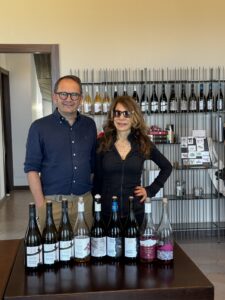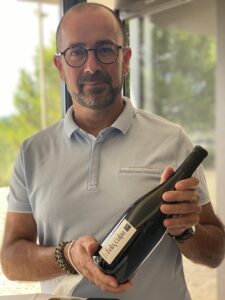2024 Chianti Classico Collection
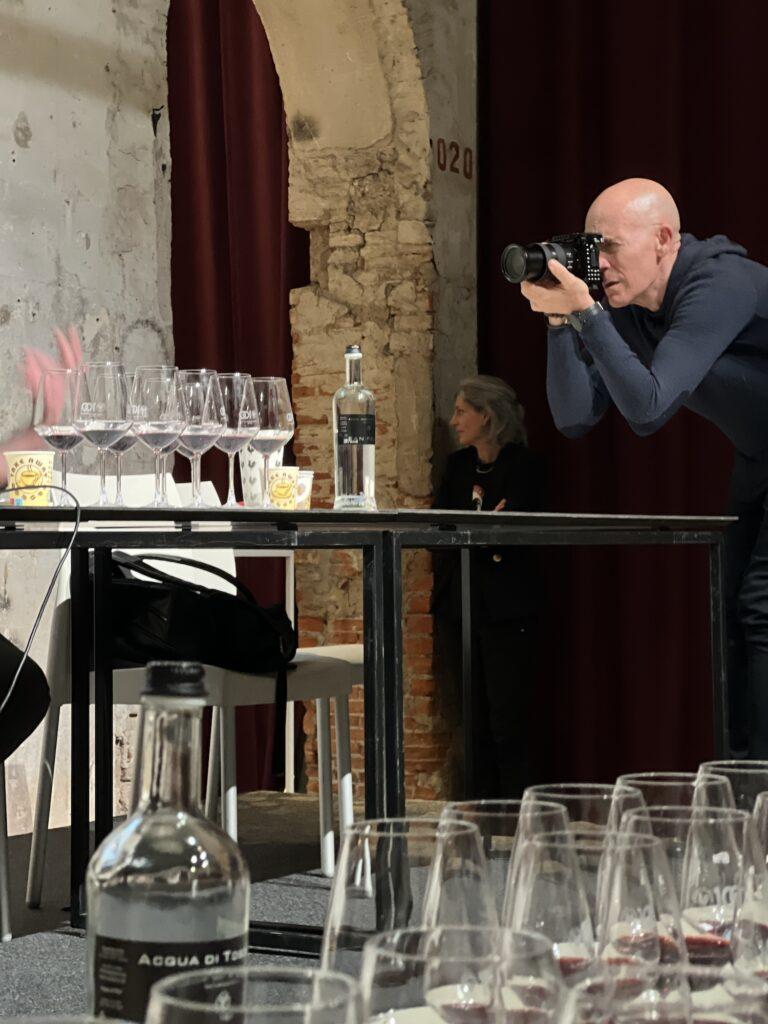
One of the highlights of attending the AntePrime Toscana this year was entering the beautiful Stazione Leopolda on Thursday, February 15th, and finding a vivid celebration of the 100th anniversary of the founding of the Consorzio Chianti Classico.
100 years? Yes, it’s hard to believe, but in 1924 the key producers in the region saw the need to join forces, and as a result, the Chianti Classico region and its wines are becoming more famous each day.
Near-life-sized Polaroid images of the founders could be seen upon walking inside the Stazione Leopolda in an attractive display. It’s curious to imagine what they would make of their success if they were to come to life and see the popularity of Chianti Classico on international restaurant wine lists, the high-quality wine from this region has achieved.
Highlights of the 2024 Chianti Classico Collection
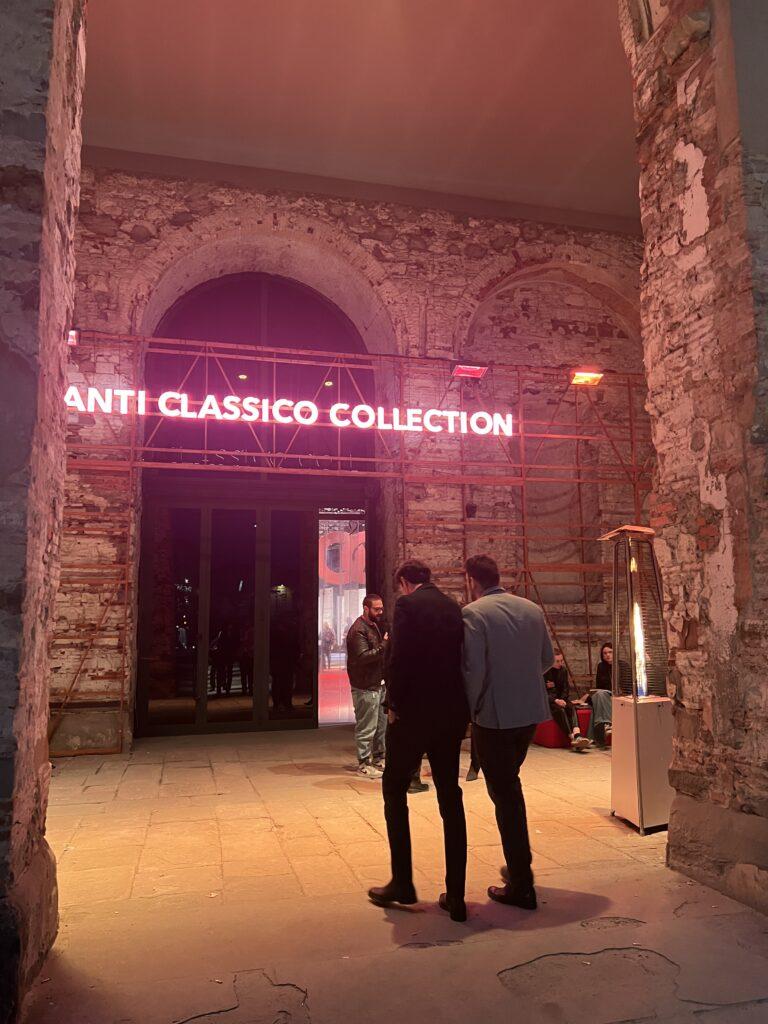
This year, the tasting area was open to the public for the first time on February 16th. It was pleasant to see consumers visiting the various stands, tasting wine from 211 Black Rooster wineries. On offer were 773 different labels to taste, including 172 Chianti Classico Riserva, 151 Gran Selezione, and preview samples of the 2022 vintage. They could also taste the best Olive Oil Denominazione di Origine Protetta (DOP).
Meeting the Chianti Classico Producers
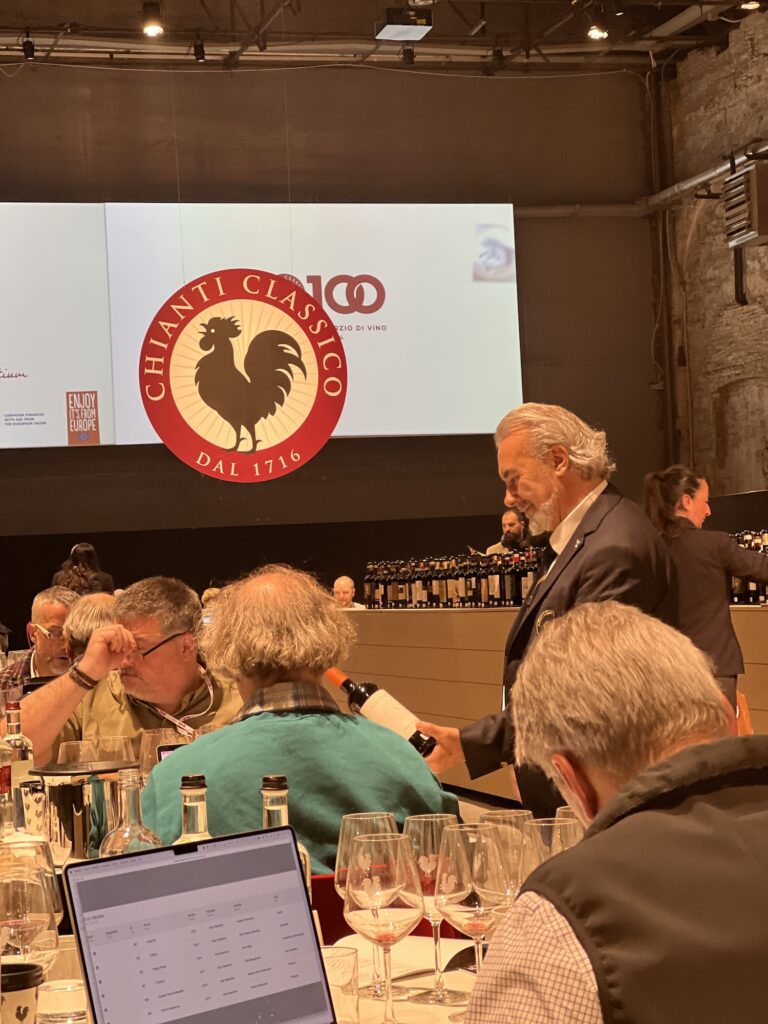
One of the pleasures of this event is the opportunity to meet the producers face-to-face at their stands or during lunch. One of the exciting young producers I met was Cosimo from Squarcialupi in La Castellino. Cosimo’s grandfather started the winery in the 1980s, with his family having a long history in Florence. They had a successful business as textile artisans before planting vines, building a hotel and restaurant, and then developing a wine-centered business. I was quite impressed tasting their Chianti Classico wine and delighted by the high quality of their Chianti Classico Selezione.
Tutored Tasting Masterclass: Ten Years of Chianti Classico Gran Selezione
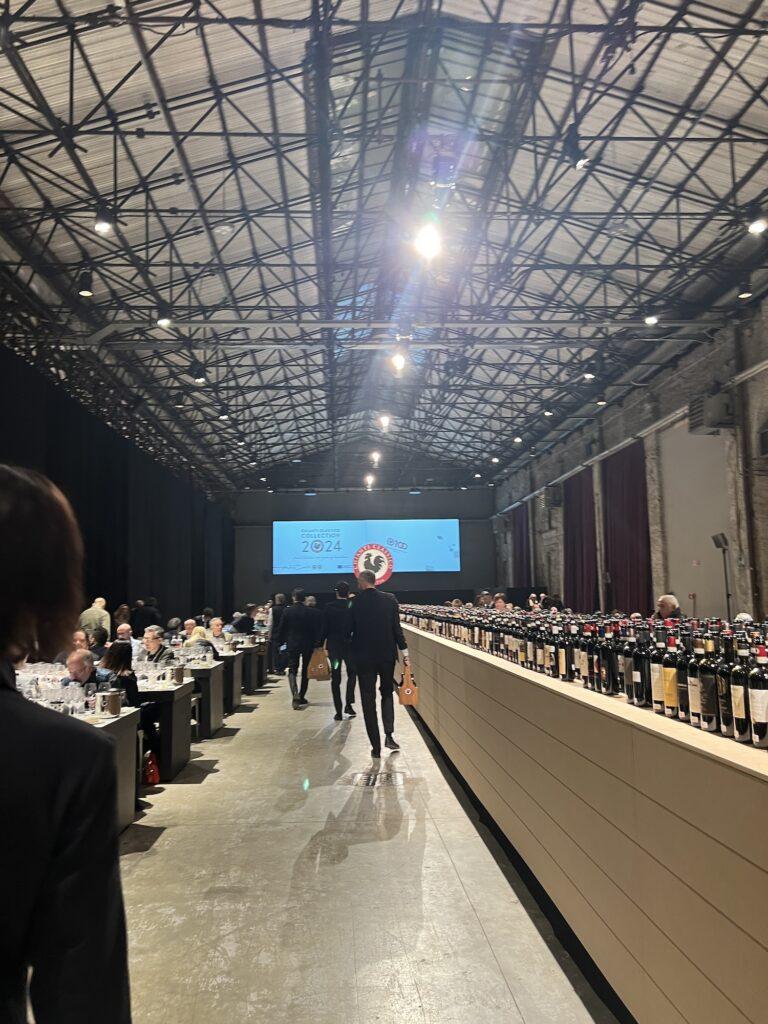
In the Tutored Tasting Masterclass titled ‘Ten Years of Chianti Classico Gran Selezione,’ journalists Antonio Boco and Paolo De Cristofaro traced the history of Chianti Classico Gran Selezione. It was quite interesting to taste the nine wines in comparison to one another and notice how the wine presented itself based on the diverse terroir of the individual regions.
The wines were all superb examples of quality, especially now since all Chianti Classico Gran Selezione wines must be made from at least 90% Sangiovese grapes (in the past it had been 80% minimum). Producers may only blend with red native varieties of the region (ciliegiolo, colorino, mammolo, malvasia nero, and pugnitello). Producers in the tasting seminar included Bocca Delle Macie, Castello Di Abola, Castello di Monsanto, I Fabbri, Ricasoli, Dievole, La Sala Del Torriano, Riecine, and Fontodi.



